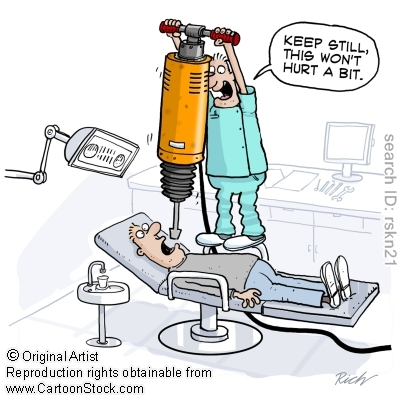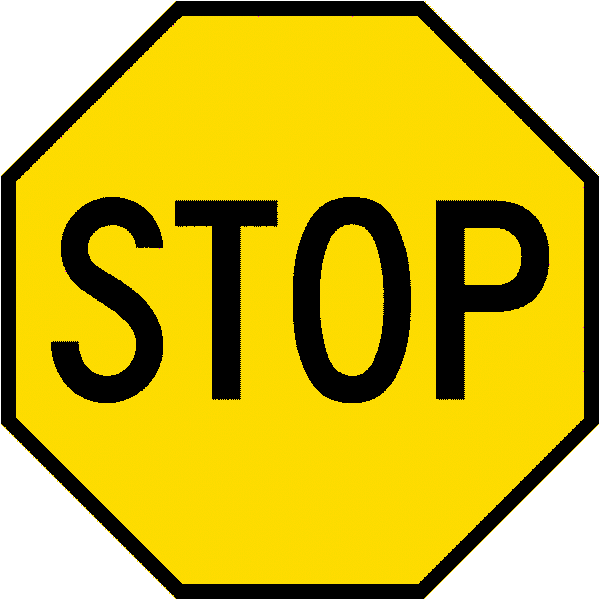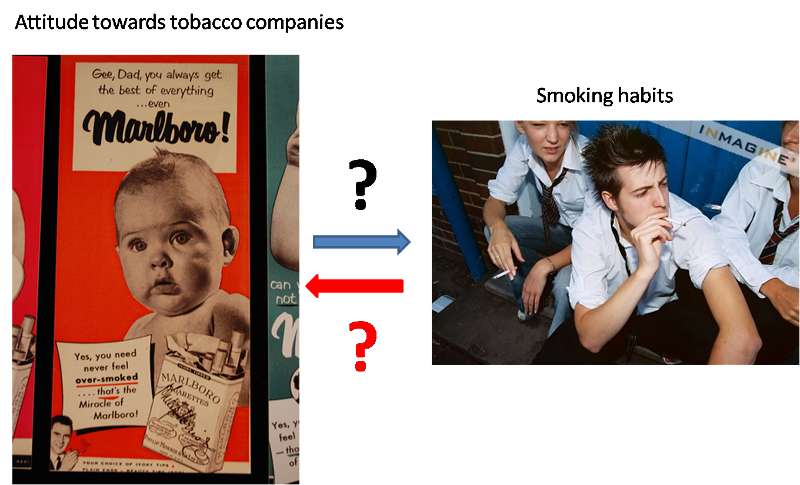History bias
History bias can occur when one is studying changes in subjects over time. Sometimes events occur during the study period that can affect the dependent variable. For example, in studying whether safety training improves workplace safety, one might provide safety training to one group of workers but not another, and then follow both groups for a year to see how many injuries occur. A lower injury rate among trained workers (RR<1) would indicate that training reduced the risk of injury. However, one serious injury in the workplace during the study period might also reduce the subsequent risk of injuries for others, as they might become more vigilant about safety. If both groups are not equally exposed to information about the serious injury, it could affect one group more than the other, producing an incorrect measure of association between training and injury. If the injury occurred among the trained workers, and the untrained workers were in a remote part of the plant, the impact of the injury would be greater among trained workers, exaggerating any association between training and injury. On the other hand, if the serious injury occurred among untrained workers, the bias could actually cover up an association between training and injury.
Now let's look at a couple of examples here:
Example #1:
"Dentists Beware!" - Young people who become dentists to earn money and serve the public should consider another factor. Dentists work in an environment that can be detrimental to their health. A recent study of dental students at a university found they suffered a significant loss of hearing within three years of using high speed drills. These instruments reduce a patient's pain but gradually turn some dentists deaf or impair their hearing. The researchers recommend that dentists wear earmuffs or plugs on the job.

Was it the sound of the drilling that led to the significant hearing loss among the dental students over the three year time span of this study? Maybe it was. Maybe not. It is possible that other activities or events involving the dental students during the three-year period of this study that may have been the true cause of the hearing loss. For example, suppose the dental students - who as a group are not very wealthy at that point in their professional careers - did not eat very many well-balanced meals while in dental school. Were this to be the case, as it probably is, then poor diet could be the true cause of hearing loss. It is also plausible to assume the dental students took jobs during the summer months to help pay for the expenses incurred by attending expensive dental school. And further suppose that some of the students were working on ground crews at the airport terminal or with a jackhammer breaking up cement sidewalks. Might not these noisy activities be the true cause of the hearing loss, rather than the drilling in the dental office?
Example #2:
"Stop Signs" - Inadequate planning has led to overwhelming traffic problems in both large and small cities throughout China. Since accidents were increasing every year, a study was undertaken to determine whether Chinese driving behavior could be modified by external cues. In this case two different designs of stop signs were used (see below). The first set of observations included1440 drivers, of whom 820 did and 620 did not use a turn signal upon encountering the yellow stop sign. Then the researchers changed the yellow stop sign into red stop sign at the same intersections, further data collection showed 1048 drivers indicating turns and 494 not doing so. If you were in China, would you feel safer as you approached an intersection with red stop signs?


I would not feel the least bit safer! In this case, the potential history bias must taken into consideration. A series of bad accidents between the pre- and post observations might have led to a temporary change in driving behavior that was unrelated to the stop signs. Other aspects of the history might include such things as the weather or a national holiday.
Causal direction bias
Causal direction bias occurs when the true direction of causality between two variables is opposite to that assumed by the researcher. For example, in our study of whether students' smoking behavior is affected by their attitude about tobacco companies, we might find that these two variables are strongly associated. We might conclude from this that attitude affects smoking behavior and begin a program to alter these attitudes. However, it is possible that the direction of causation is just the opposite - that smoking behavior altered students' attitudes about the tobacco companies. In fact, cognitive dissonance theory would suggest that this is a real possibility. Once addicted to nicotine, smokers may find it hard to reconcile their continued smoking with revelations about how tobacco companies deceived them. Cognitive dissonance theory suggests that one way to reduce this conflict is to adopt attitudes that are consistent with one's behavior. Thus, smoking caused the attitude, not the other way around. The best way to minimize causal direction bias is measure the variables over time - this will clarify which variable changed first.

Another research study examined the relationship between assertiveness and health problems with the hypothesis that one's health problems will be affected by one's assertiveness. The researchers surveyed workers in the mental health and mental retardation settings in Northeastern Pennsylvania and found that highly assertive individuals were found to experience few health problems than were individuals low in assertiveness. Researcher concluded that assertiveness affects health and suggest that programs designed to reduce health problems should encourage development of assertiveness training. However, it is possible that the direction of causation is just the opposite - that one's health status altered one's assertiveness. An individual who experiences fewer health problems feels better and is more likely to be confident and assertive.
